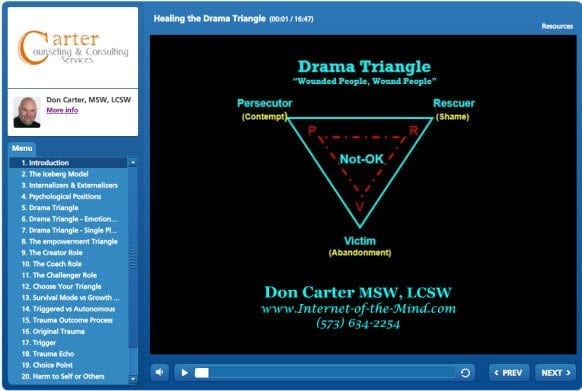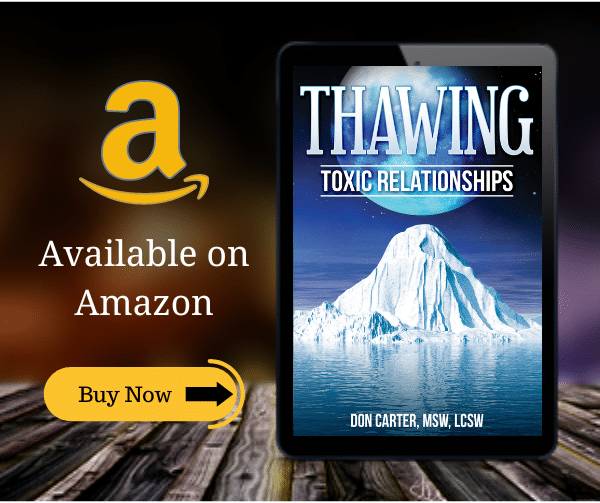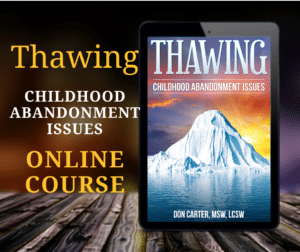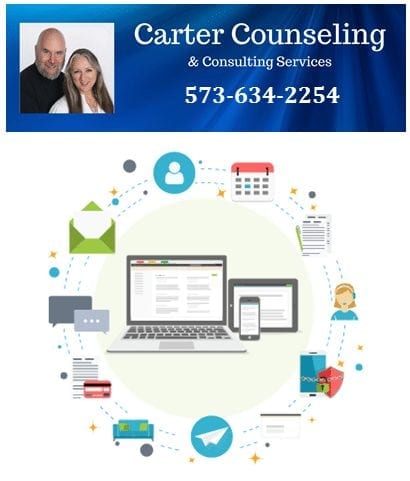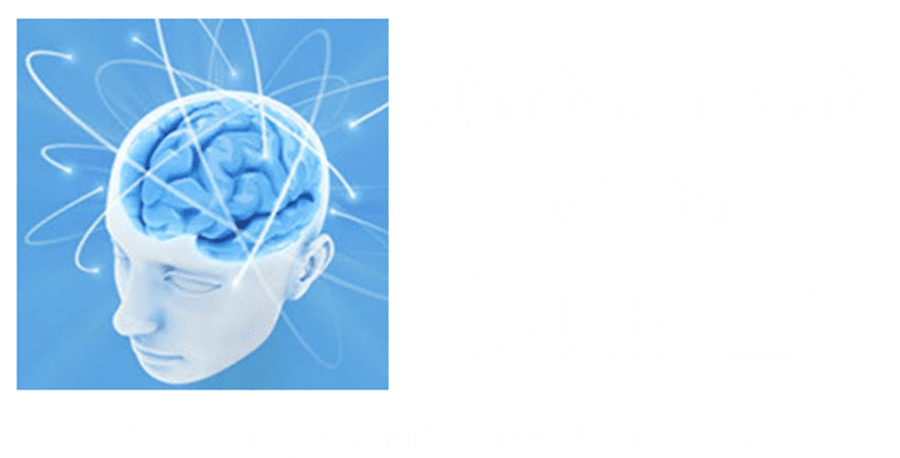
Self-Harm…What’s that about?
Self-harm comes in many forms. Usually, not even the person who is harming themselves knows why they do what they do. This is because it is a subconscious impulse coming from deep inside. Sometimes it is in the form of self-sabotage that causes emotional, interpersonal, academic/occupational, and/or financial consequences.

Before we look at a few of the more typical reasons self-harm is acted-out, let me point out that there are about as many descriptions for the experience as there are people who have, or are, injuring themselves.
This is because they themselves frequently don’t often know why they do it — so they come up with their own way of trying to explain it.
Many people who harm themselves usually ask the same questions as those who love them and want to understand why. The major difference is that the person who self-harms has a lot of shame about it.
Motivations for Self Harm
The most often identified motivations for self-harm include but are not limited to the following:
- To feel “something” other than emotional numbness
- Acting-out anger or rage: usually toward someone else
- To distract attention away from unconscious, repressed memories of trauma
- To self-medicate: When we are injured, the brain releases natural “pain relievers” called endorphins and other opiate-like chemicals. This is how an unhealthy attachment (AKA addiction) to self-harm can develop.
- Lack of healthy attachments: It is almost always the case that the self-injurious person has very few if any, healthy attachments. Ask them who they trust and frequently you will hear – “Myself”. The lack of healthy attachments can lead to unhealthy ones as described above.
- The human brain’s ability to adapt: When we perform a behavior often enough (repetition) and with enough intensity, we are creating a neural network for that behavior — It’s how we learn anything. If you want to become a better piano player you must practice. When we reach one level of expertise the brain no longer provides a “payoff” so we get bored & take it up a notch — progressing from superficial to more serious self-harm.
- Usually, some combination of the above occurs
Acting-Out Abandonment, Shame and Contempt
All of the above behaviors are frequently bi-products of the Abandonment, Shame, and Contempt described in the Iceberg Presentation. Click on the image below to open Healing the Drama Triangle presentation and learn what to do about getting triggered into behaviors that are harmful to self and others:
Healing Drama and Trauma
Below is a diagram of the Trauma Outcome Process (TOP) developed by Lucinda A. Rasmussen, Phd, LCSW. The TOP shows a pathway from Trauma (such as the original pain of abandonment) to a behavioral choice between harmful coping (harm to self or harm to others) and/or healthy coping. Without awareness the choice is made automatically at an unconscious level; with awareness (and a lot of work in therapy/recovery) the person can learn to apply free will & consciously choose healthy coping:
Trauma Outcome Process
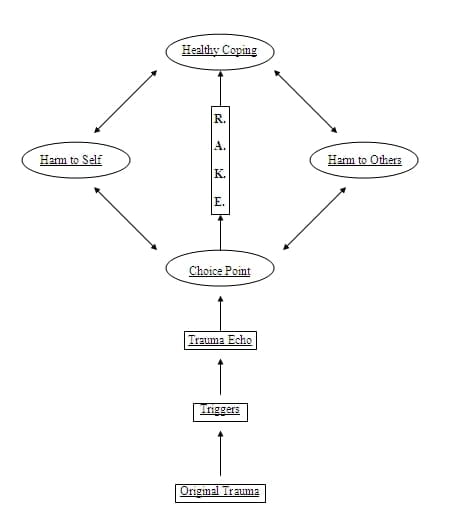
Starting at the bottom “Original Trauma” is the original, repressed pain of abandonment — unmet childhood dependency needs and in some cases sexual or physical abuse. Emotional abandonment or abuse is enough in itself to create repressed trauma.
Moving upward on the diagram, a “Trigger” is anything that reminds the victim of the Original Trauma — see pattern-matching if you want to learn more about “triggers”. “Trauma Echoes” are the result of the trigger — a “flashback” or re-experiencing of the Original Trauma occurs at some level of intensity (mild/moderate/severe). Often times only parts of the repressed material surfaces, usually only the feelings with no images or experiences to tie the feelings to.
A split second after the “trauma echo” occurs the subconscious mind is at a behavioral “Choice Point” — It can choose healthy coping, or it can choose some form of distraction — usually in the form of behavior that is harmful to self or others. Externalizers usually unconsciously “choose” behaviors that are harmful to others, such as emotional, physical, or even sexual abuse. Internalizers turn their contempt inward, distracting themselves through self-harm behaviors such as emotional, physical, or even sexual abuse (e.g., promiscuity).
In order to bypass the harmful coping behaviors and proceed straight to healthy coping one must learn the four basic skills of the acronym R.A.K.E..
Healthy Coping Skills
- R = Recognize the trauma – Take the urge to engage in harmful behavior as a signal to look inward and allow the material to surface.
- A = Attend to the pain – Make sure you have adequate emotional support when you need it and use healing techniques to soothe the pain.
- K = Keep the present clear – Use grounding techniques to keep yourself in the present…Stay in the here-and-now.
- E = Express the trauma – Express means to “press out” — put it into words. The whole experience, not just the feelings. Tell a safe friend or counselor about it when it comes up.

